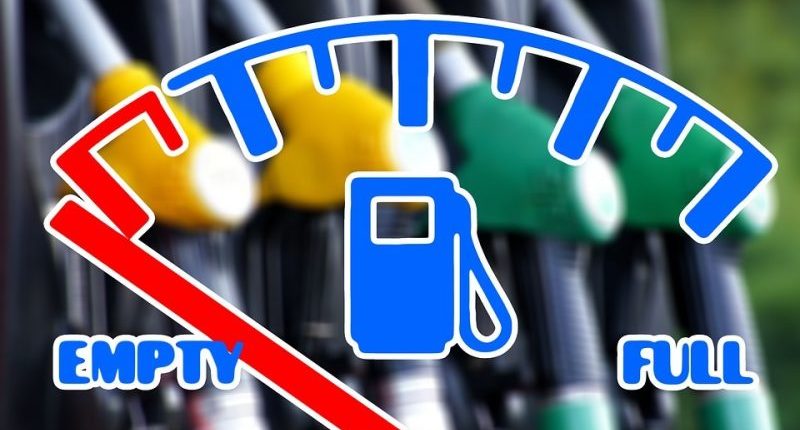Rates of petrol and diesel have only dropped by 7-11% since October in the country even as other countries are reaping benefits of the international crude oil crash – where the prices are down by over 25%.
The international market has witnessed a fall of 32% from the peak of $86.70/barrel in the first week of October – after Washington has decided to relieve buyers of Iranian oil from authorisations.
In turn, they surged production by Saudi Arabia, Russia and the US amidst decreasing demand prospects.
From 8 October to 19 November, there has been a 10% reduction in the price at which companies sold petrol to retailers. However, the international benchmark price was down by 22% at the time.
In Singapore, the prices have dropped by 26% for petrol and 25% for diesel during this period.
Oil companies follow these international market trends and include exchange rates and freight charges among others to regulate these gate prices a refiner can sell to a retailer for. Add domestic taxes and supplier’s commission, and you get the final retail price.
The fall has globally reduced margins for fuel, mainly petrol – it is now as cheap (or even cheaper) as crude oil – states an official from Indian Oil CorpNSE.
Although the price has fallen globally, it hasn’t made a difference to the retail rates in the domestic market.
This has become the cause of speculation, as many Indian refiners could be in the mood of increasing margins at the cost of domestic consumers at a higher price than shown by the domestic price formula.
Indian companies usually take at least 15 days to determine the domestic process after the announcement of international rates. So, the decline might change.





